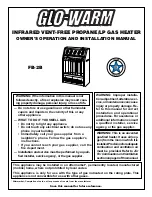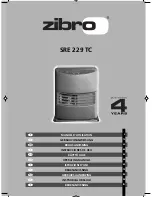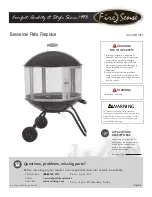
c)
With the 6 off burner screws removed, remove the isolation switch from
it’s retaining bracket at the front right hand side. This is achieved by
lifting the switch clear from the bracket as shown below in Fig. 19
Fig. 19
d)
Disconnect the burner gas supply pipe from the inlet elbow at the front
right hand side by unscrewing the nut as shown below in Fig. 20
Fig. 20
16
Lift switch from retaining
bracket
Disconnect the
burner gas
supply pipe
















































